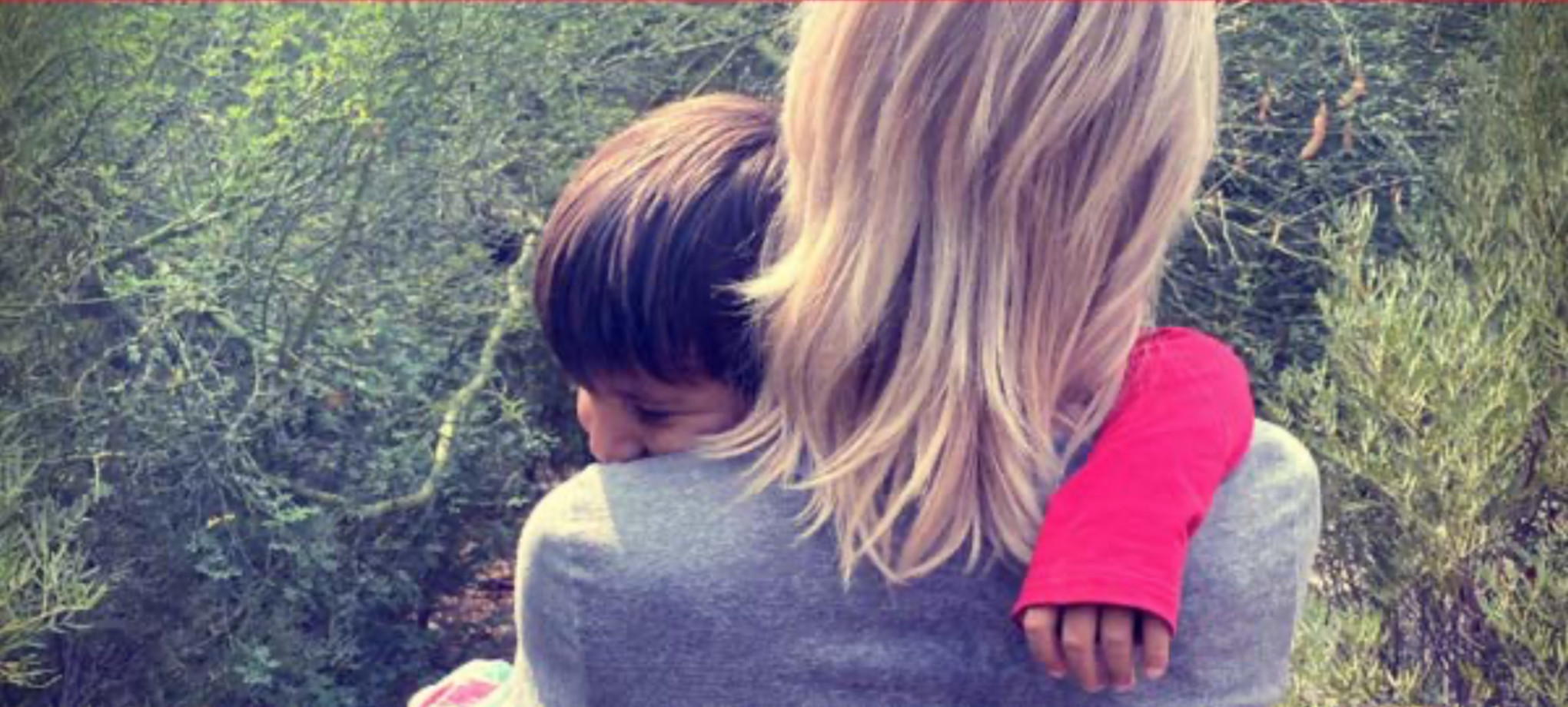Why the Supreme Court matters for abused kids

Hi friends,
A few months ago, I was invited to write a chapter for a reference book on American foster care. I’m thrilled to share this sneak peek with you in advance of publication. Here is my chapter, “Changing Laws, Changing Lives”.
Thank you for helping America’s abandoned and abused children.
~ Darcy
P.S. Thanks to my friend, renowned photographer Sandra Tenuto, for this snapshot of my son Michael, adopted from foster care in 2018.
In January 2020, Phoenix police responded to a report of child abuse. This was not the first call for this address, and when the officers arrived, they found five children, ages 6, 4, 1, and two newborns. They were infested with lice, wearing diapers wet with urine and soiled with feces. They had insects crawling out of their ears.
One of the infants couldn’t breathe due to a brain bleed. The toddler had multiple skull fractures. Police immediately removed four of the children for medical treatment.
The fifth child, a baby born just weeks before, was not taken for help. This baby was taken to the morgue.
Like the Arizona infant, thousands of children die every year in America despite being known to authorities.
In Ohio, we read about Dylan, a 2-month-old, tortured, chained, and thrown down a well after the child protection agency returned him to his meth-addicted father.
In California, we read about Anthony, age 10, who, despite a long history of being abused, was returned to his California parents to be tortured, beaten, starved, and ultimately murdered.
Every one of these kids – just like the five Phoenix children – were known to their local child safety agency. Authorities knew these children and had multiple opportunities to keep them safe…and failed.
In fact, this is the rule in child welfare, not the exception. More than half of the children killed each year in their homes have former or open cases with child protection. That’s a damning indictment of a system whose very purpose is to keep children alive.
Journalists often jump to the conclusion that a case worker must have erred, or the agency must have failed to follow protocol. While human error and failure to follow rules contribute to fatalities, they’re a small piece of the puzzle.
Repetitious violence against children and high death rates are endemic to child protection due to systemic inequities in the justice system. Even the best caseworkers, agencies, and judges have a limited capacity to remediate this situation.
The bottom line is that predators have more rights under the law than the children they abuse.
Consider the right to an attorney, one of America’s most basic constitutional privileges. The criminally accused have a constitutionally protected right to counsel, but child victims don’t. This means abused children are not guaranteed attorneys in their own court cases.
“Only half of U.S. States currently provide traditional legal representation for children involved in dependency court and foster care proceedings.”[i]
Not surprisingly, the Chapin Hall Center for Children at the University of Chicago found that children with attorneys have better life outcomes than children without.
Children represented by lawyers exit the foster care system 1 to 3.5 times faster than other children. Likewise, for the subset of children who need adoptive families, researchers found that those with attorneys have “much higher rates of adoption.”[ii]
Guiding Supreme Court precedent by-and-large has ignored the constitutional rights of abused children. A judge recently summed up the legal regime this way, “Birth mother’s rights are Constitutional; baby’s rights are only statutory.”
The Court has, indeed, upheld as fundamental the mother’s right to direct the upbringing of her children and to familial association. These rulings protect the sanctity of family against the overreach of the state. However, the abused child’s natural right to his own life interests, which is also a fundamental right, has not been adjudicated.
Violence against children was further institutionalized by the Supreme Court in the guiding DeShaney case. In this case, the Court held that the government bore no responsibility for a child in its care who was so brutally beaten at age 4 he lives in a vegetative state.
Taken together, these common legal practices and High Court decisions have created a system where violence against children is endemic. The lesser status of abused children under the law must be remedied.
It is too late for the baby taken to the Phoenix morgue. It is too late for the tens of thousands of children in our nation’s child protection system who have already died under the state’s watch. But it is not too late to protect children’s lives going forward by making it a priority to extend to children the equivalent rights and protections afforded their predators.